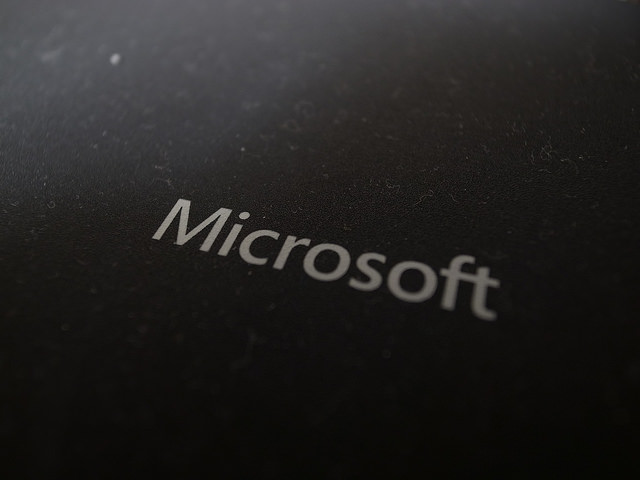 INFRA
INFRA
 INFRA
INFRA
 INFRA
INFRA
Microsoft Corp. on Thursday announced a big change to the way new releases of its Windows Server platform will be rolled out.
The company said that going forward, it will release newly updated versions of its data center operating system on a semiannual basis, rather than one new release every few years. The new release cadence brings Windows Server into line with Windows 10 and Office 365, both of which already receive a minimum of two updates a year.
Not everyone will see the more frequent new releases, however. Microsoft said only Windows Server Standard and Datacenter users that are part of its Software Assurance program will get the updates as they’re released, while those without a subscription will not. The semiannual releases will also be made available as software images on the Azure Cloud, Microsoft said.
Microsoft won’t be forcing its updates onto customers, though. It said those that want to skip a release can do so. In addition, it will continue to support Windows Server through its long-term service channel, with up to 16 years of support for those that sign up for its Premium Assurance subscription.
The company also provides more details about Nano Server, which is a slimmed down version of Windows Server designed for running containers and other cloud-native workloads. Microsoft said Nano Server is getting even smaller with a new option that’s half the size of the current version. The new one omits certain features such as a graphical front-end and is designed solely for building container images rather than any other infrastructure-related roles.
Finally, Microsoft said it’s making improvements to Windows Server’s support for Linux containers, something that was first announced at the Dockercon conference in April. Microsoft already offers support in a roundabout way that involves adding a Linux subsystem to Windows 10 and extending isolation support in Hyper-V, Microsoft’s software for running multiple virtual machines, or computers emulated in software.
But that meant developers had to run two separate container infrastructures for Windows and Linux workloads. With the update, it’s now possible to run both types of containers on Windows Server.
THANK YOU